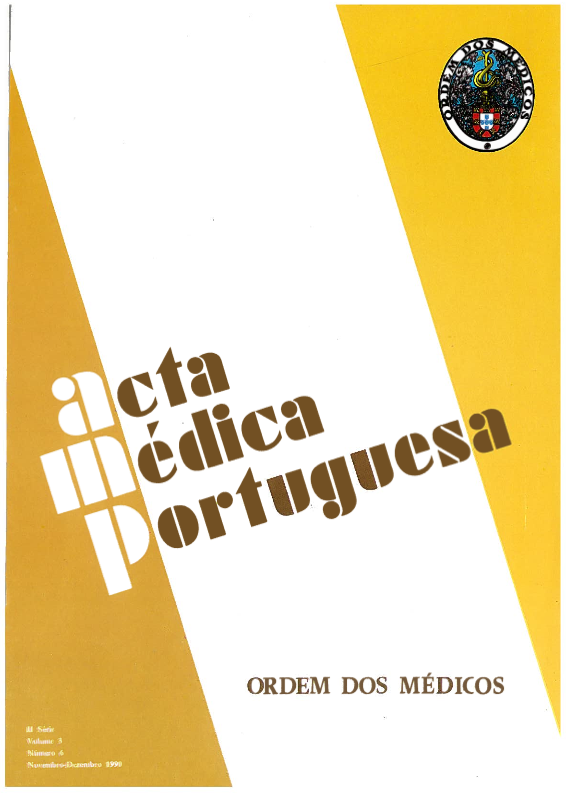Influence of body fat topography on glucose homeostasis and serum lipids.
DOI:
https://doi.org/10.20344/amp.4597Abstract
Predominant fat distribution in the upper body segment evaluated by waist to hip circunference ratio (WHR) has been associated with diabetes mellitus and cardiovascular morbidity excess. To investigate metabolic alterations underlying this risk excess, we selected 2 groups of 10 obese women without history of hypertension, menstrual irregularities or oral contraceptives, matched according to age (mean +/- SD): 30.5 +/- 5.3 vs 30.6 +/- 5.8 years and BMI 35.5 +/- 6.5 vs 35.7 +/- 6.7 Kg/m2. Each matched pair had a difference in WHR superior to 0.15 (0.83 +/- 0.04 vs 1.02 +/- 0.05). Insulin and C peptide were determined during an oral glucose tolerance test (75 g). At 30, 60, 90 and 120 minutes differences were significant for glycaemia, insulinaemia and C peptide. Fasting triglycerides were 103 +/- 48 in the lower WHR group vs 164 +/- 84 mg/dl (p less than 0.05); total cholesterol 186.5 +/- 31 vs 215.2 +/- 29.4 mg/dl (p less than 0.05); LDL cholesterol/HDL cholesterol 2.46 +/- 0.89 vs 3.18 +/- 0.96 (p less than 0.05). No significant differences were found in androgenic activity. We conclude that preferential fat distribution in the upper segment is, by itself, an aggravating factor of metabolic alterations associated with obesity, particularly dyslipidaemia and hyperinsulinaemia.Downloads
Downloads
How to Cite
Issue
Section
License
All the articles published in the AMP are open access and comply with the requirements of funding agencies or academic institutions. The AMP is governed by the terms of the Creative Commons ‘Attribution – Non-Commercial Use - (CC-BY-NC)’ license, regarding the use by third parties.
It is the author’s responsibility to obtain approval for the reproduction of figures, tables, etc. from other publications.
Upon acceptance of an article for publication, the authors will be asked to complete the ICMJE “Copyright Liability and Copyright Sharing Statement “(http://www.actamedicaportuguesa.com/info/AMP-NormasPublicacao.pdf) and the “Declaration of Potential Conflicts of Interest” (http:// www.icmje.org/conflicts-of-interest). An e-mail will be sent to the corresponding author to acknowledge receipt of the manuscript.
After publication, the authors are authorised to make their articles available in repositories of their institutions of origin, as long as they always mention where they were published and according to the Creative Commons license.









